SOLUTIONS > Energy & Emissions Management & Optimization
Energy & Emissions Management & Optimization
 EBS is the exclusive reseller of Soteica in Kuwait. Soteica is a leader in Energy management solutions for the process industries.
EBS is the exclusive reseller of Soteica in Kuwait. Soteica is a leader in Energy management solutions for the process industries.
Energy costs are a very large and necessary part of the operating expenses of refinery, petrochemical, chemical, gas processing, district energy, and pulp and paper facilities. Tradeoffs between the electrical and steam system are especially significant since the advent of electrical deregulation. This presents a complex problem in determining how to manage your steam, electrical and fuel usage efficiently. Significant cost savings can be achieved by using an optimization program which acts on the flexibility inherent in the site’s energy systems. Visual Mesa was developed to successfully address these energy management issues. What is Visual MESA?
-
An online system for utilities management.
-
Allows operators and engineers to have detailed coverage in four distinct areas:
-
Monitoring : Monitoring the steam, electric, water and fuel systems. Assists in steam system management by monitoring all variables and provides warnings of important changes.
-
Optimization : Optimizes the production and use of steam, fuel and power to reduce costs. Recommends how to operate the utility system at minimun cost solving the mixed-integer and discrete non-linear optimization problem with an SQP-based method.
-
"What If?" Planning : Predicts how the steam system will respond to proposed changes such as a new plant, plant expansions, change of process, shutdowns, etc. using current, historical, or user-defined data.
-
Auditing, Accounting and Data Validation : Auditing the system with continuously validated data. Mass Balance closure is determined at every location where enough instrumentation is available.
-
Bridges the gap between utility and process operators.
-
User friendly, implicit, intuitive.
-
Excellent ROI (usually less than 6 months).
-
Proven and validated software with over 20 years of successful applications.
-
Current users include major refiners and petrochemical producers.
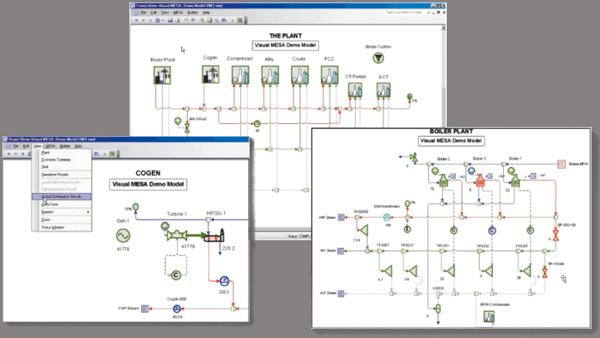
VISUAL MESA Technical and IT Characteristics :
-
Built-in and customizable MS Excel based reports.
-
Non-linear models.
-
Field proven SQP optimization routine.
-
Energy contract modeling capabilities.
-
Closed loop optimization capabilities.
-
Multi-period planning and demand forecasting capabilities.
-
Runs continuously connected to on-line data. Operates with any data historian via OPC.
-
GUI for simulation, optimization and steam accounting. Drag and drop model building tools.
-
Easily accessed and solutions shared by any PC on the plant network via MS Visio drawings, MS Excel reports and HTML web pages.
-
Multiple users can open and develop different models (both offline and online) other than the one that is being hosted.
Visual MESA Optimization:
Visual MESA has mathematical models and discrete, non-linear, optimization routines (SQP) built in to predict how to run the steam and electrical systems at the minimum cost while meeting required plant steam demands and other critical plant constraints.
Visual MESA also determines where to make incremental steam and electricity as well as identifying which turbines or valves will most efficiently let down the steam between process levels.
Visual MESA decision variables are grouped into four levels that can be executed progressively to solve the optimization:

An online hosted Visual MESA model usually runs at Level 3 Optimization, with Level 4 runs executed from time to time.
The bottom line of Visual MESA: Optimize the total operating cost of the system, where:
TOTAL OPERATING COST= TOTAL FUEL COST + TOTAL ELECTRIC COST + OTHER COSTS (water,etc)
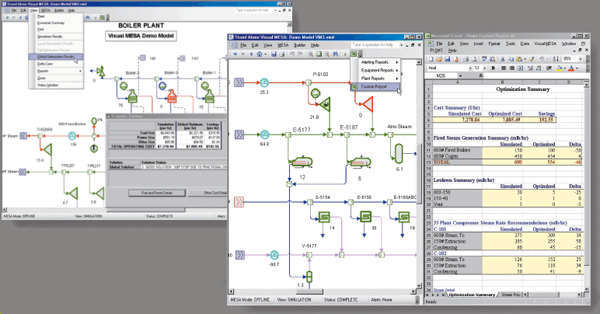
Fuel System
Visual MESA optimization chooses the most economic fuel to burn in the boilers and/or process heaters. The fuel system can be modeled in great depth to include contractual issues (e.g. fuel oil grades, natural gas suppliers, quotas and penalties if the former are exceeded), emissions limits, CO2 trading. When co-generation options are available the fuel/steam tradeoff can yield economic benefits.
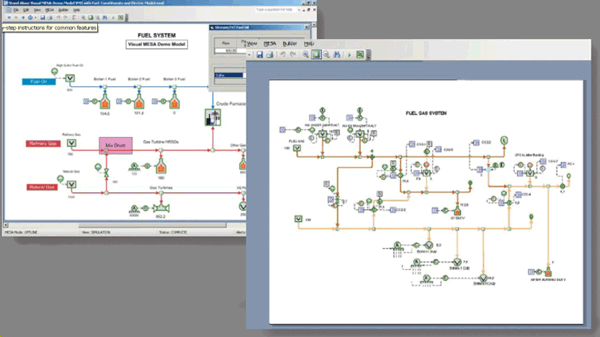
Economics
Visual MESA users have documented annual energy cost reductions on the order of 5-6% from optimization.
Plus, additional savings can be obtained by:
a) Using steam to strip hydrocarbons from a distillation column for maintenance and then not closing the valve after a few hours.
b) Sending steam to an air condenser in order to be condensed and disposed of, seeking to avoid the direct vent to the atmosphere that would result in a noisy and visible plume.
-
 Identification of wasted steam and various operating problems, such as:
-
Tracking performance
-
Auditing and accounting of the steam and boiler feed water to help reduce wasted steam and identify imbalances.
-
Continuous monitoring to prevent plant upsets resulting in steam wastage.
-
Alerting for changes by periodic scan of all the flowmeters Inside the model and warning of any change that occurs which exceeds a pre-defined threshold.
Reduce Energy Costs
Example: This chart shows the reduction in lost opportunity costs at a medium-complexity Refinery plus Olefins Unit.
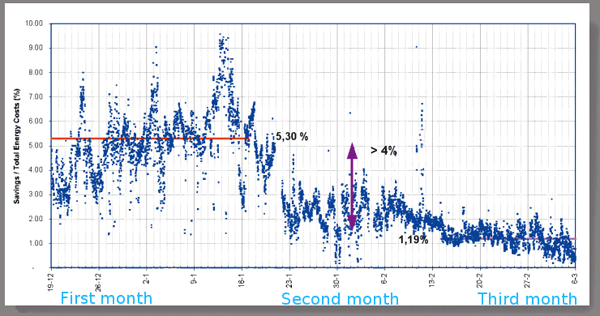
First month: "Base line", Visual MESA being executed on-line but no optimization actions are taken.
Second month:, Visual MESA Optimization suggestions are obeyed progressively.
Third month:, Visual MESA Optimization suggestions are followed on a daily basis.
Click Here to download a Visual Mesa brochure.
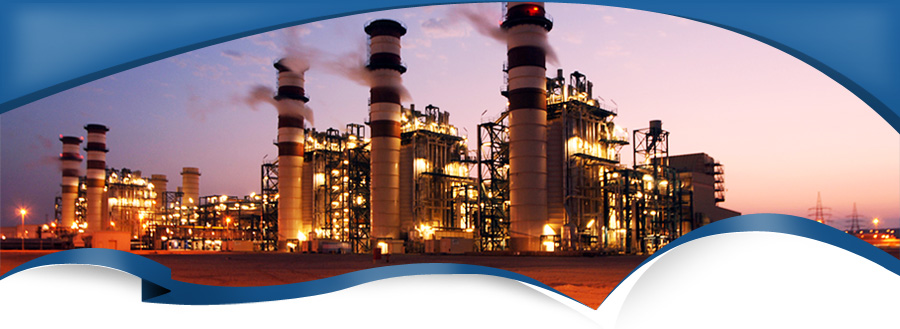
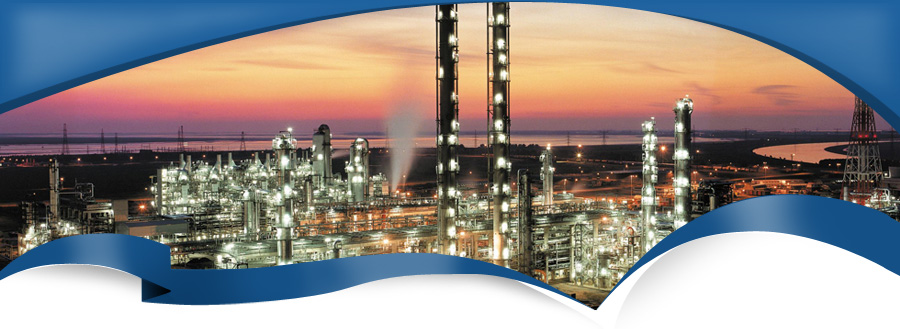


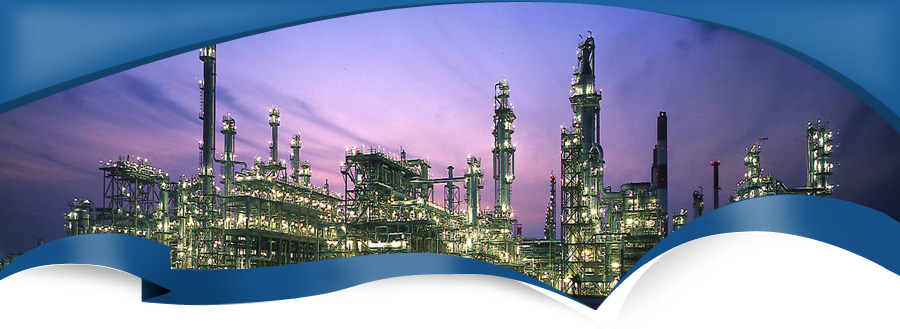
 EBS is the exclusive reseller of Soteica in Kuwait. Soteica is a leader in Energy management solutions for the process industries.
EBS is the exclusive reseller of Soteica in Kuwait. Soteica is a leader in Energy management solutions for the process industries.



